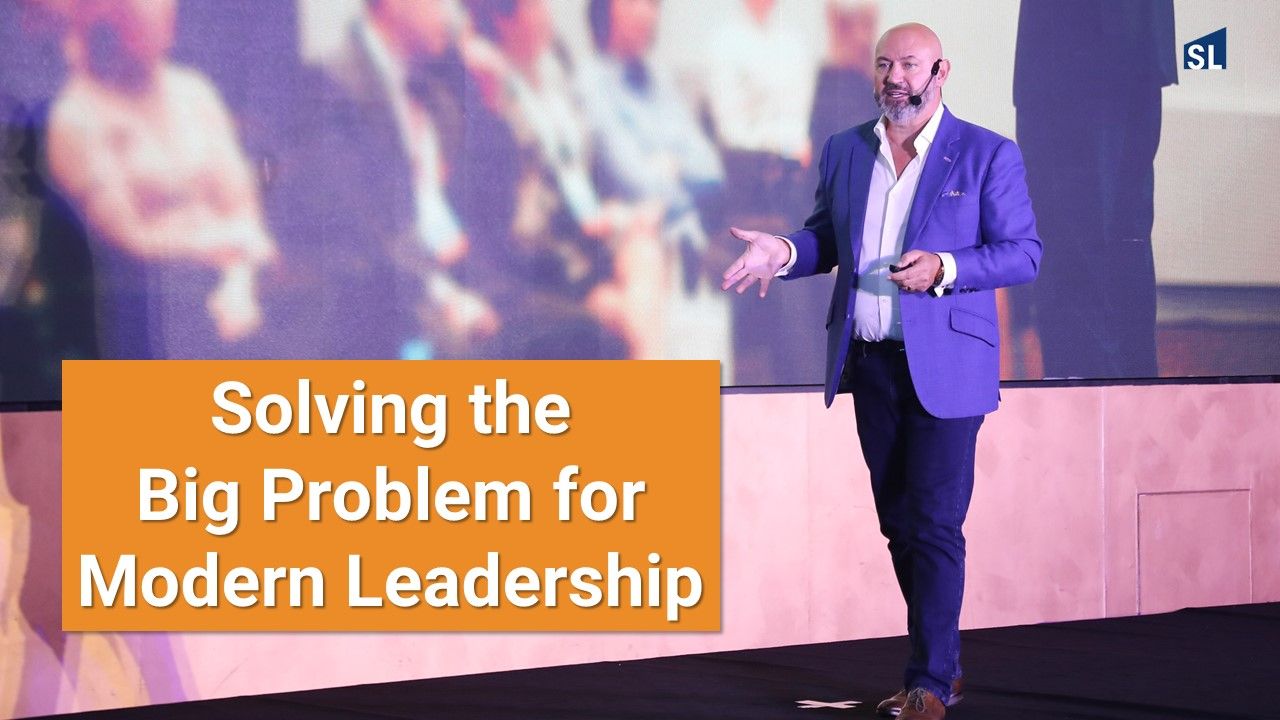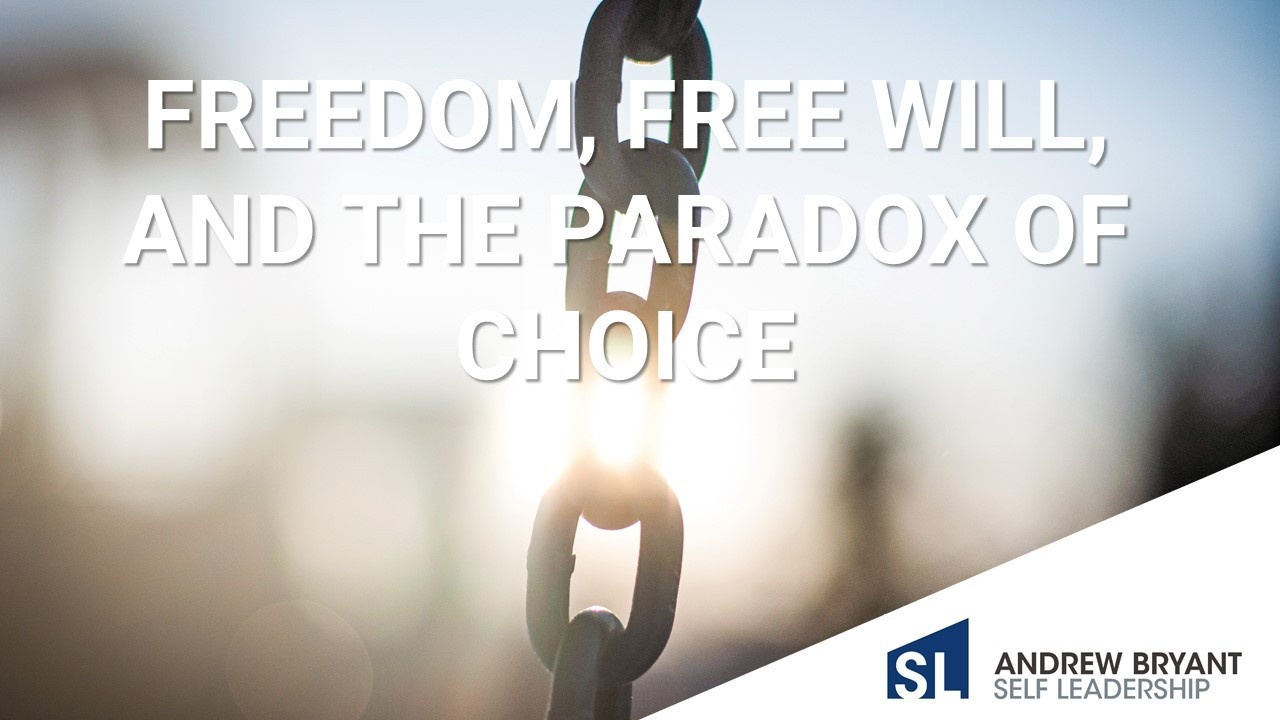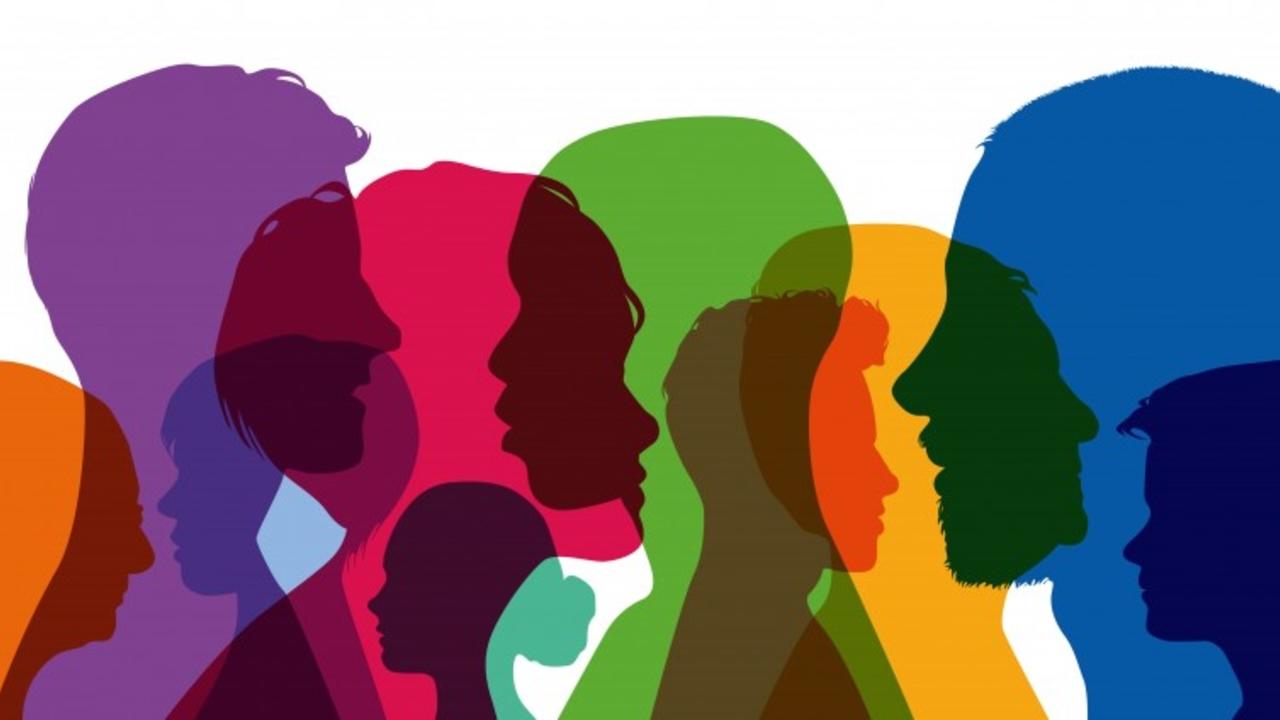Solving the Big Problem for Modern Leadership
Oct 27, 2023
Effective Leadership in a Cancel Culture Era
May 18, 2023
The New Leadership Playbook
Apr 25, 2022
Freedom, Free Will, and the Paradox of Choice
Jul 09, 2021
Leadership and the Power of ‘AND’
Oct 12, 2020
Diversity is Difficult but Doable
Jul 14, 2020
Inclusive Leadership means Diversity of Thought
Feb 03, 2020
Global leadership 5 Competencies
Jan 22, 2020










